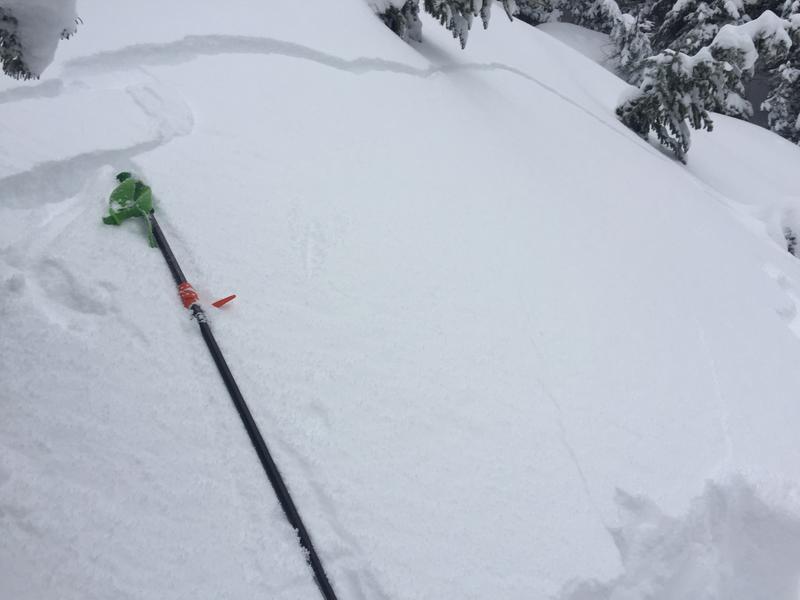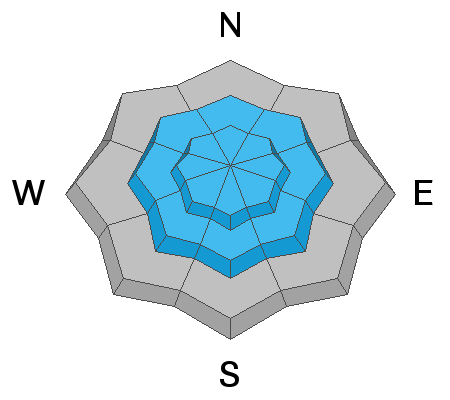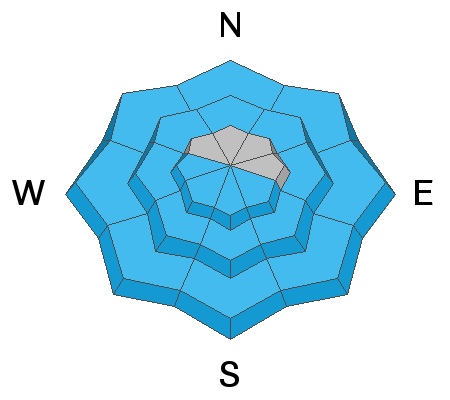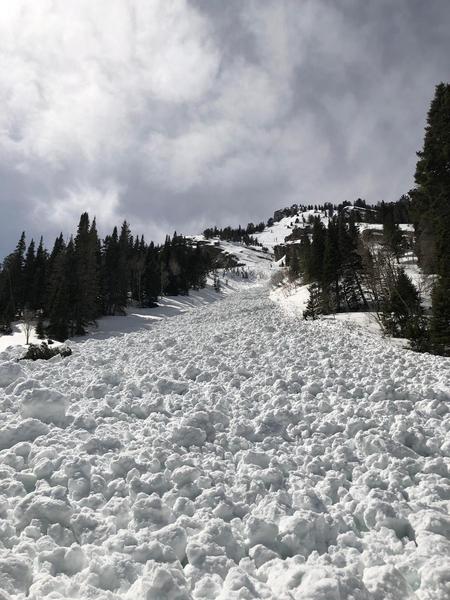Forecast for the Salt Lake Area Mountains

Issued by Evelyn Lees on
Thursday morning, April 11, 2019
Thursday morning, April 11, 2019
The avalanche danger is CONSIDERABLE on steep, wind drifted mid and upper elevation slopes, where human triggered slides likely today. The danger could rise from LOW to CONSIDERABLE for wet loose sluffs if the clouds thin or the sun comes out. Avoid avalanche runout zones even at the low elevations. Terrain with less than a foot of new snow has a lower danger.
Want a great powder day? Seek wind sheltered slopes early in the day while the snow is cold and the avalanche danger is LOW to MODERATE. It could be a dynamic day, but with careful snowpack evaluation and constant assessment for heating, there are lots of safer options for amazing touring and riding today.
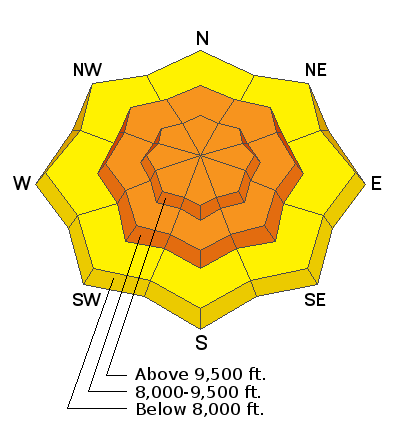
Low
Moderate
Considerable
High
Extreme
Learn how to read the forecast here


